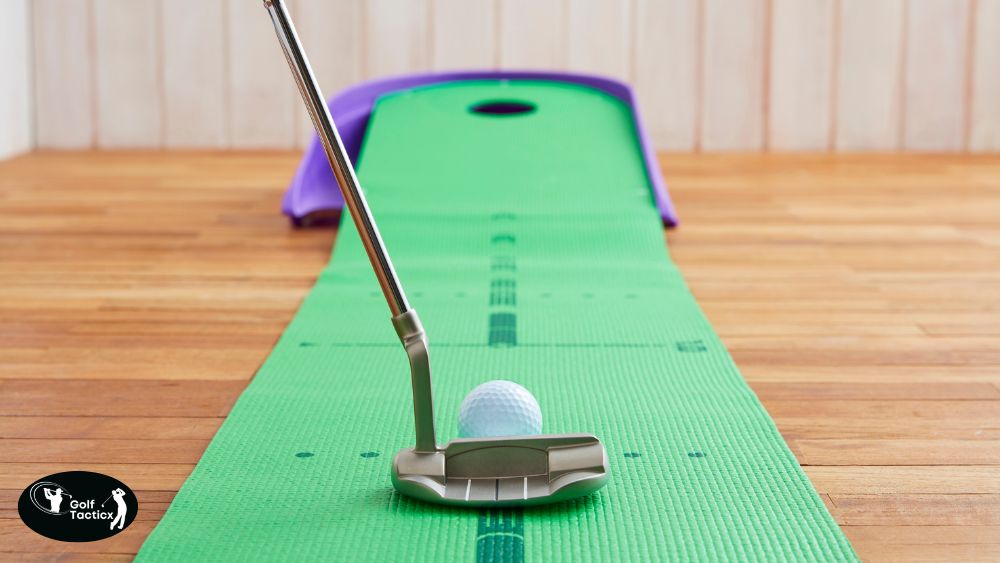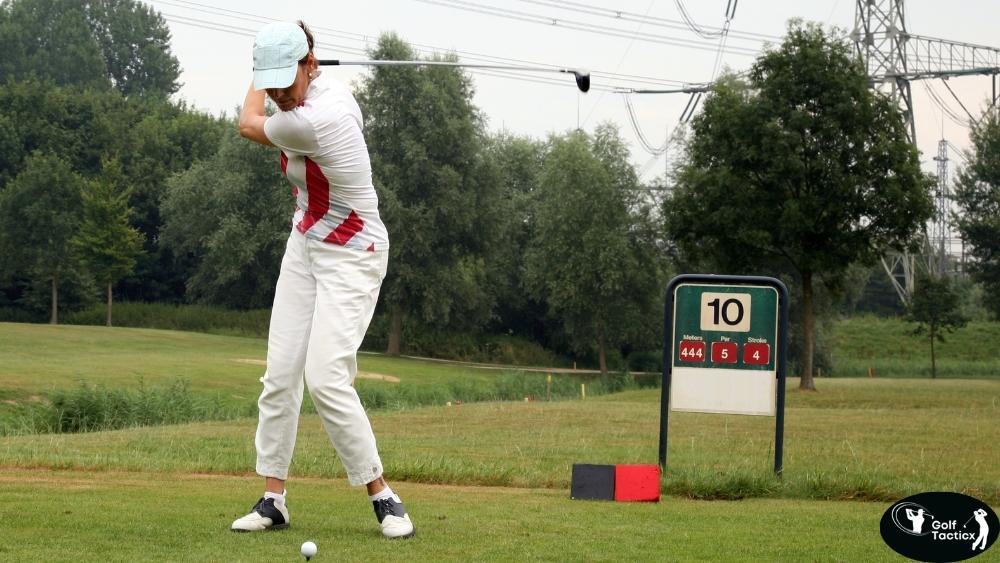In the last post, we talked about how to control distance in putting using simple drills to help you putt better and avoid three-putts.
Mastering How to Adjust Putting Stroke for Fast vs. Slow Greens can make a huge difference in your overall performance on the course. Fast greens require a gentle, controlled stroke, while slow greens need a more aggressive push to reach the hole. Knowing when and how to change your putting technique helps maintain consistency, no matter the green speed.
Learning How to Adjust Putting Stroke for Fast vs. Slow Greens gives you an edge and builds confidence in your short game. And don’t forget wearing the right golf shoes can improve balance and grip, helping you stay steady during each putt.
Understanding Green Speeds
Green speed refers to how fast the ball rolls on the putting surface, influenced by factors such as grass type, moisture, and maintenance practices. Greens can be categorized as:
Fast Greens: Typically have a Stimpmeter reading above 10 feet, causing the ball to roll quickly.
Slow Greens: Generally have a Stimpmeter reading below 10 feet, resulting in slower ball roll.
Adjusting Your Putting Stroke
For Fast Greens
Shorter Stroke: Use a shorter backswing and follow-through to reduce the amount of energy imparted to the ball.
Firm Grip: Maintain a firmer grip to prevent the putter from slipping, ensuring consistent contact.
Focus on Acceleration: Ensure a smooth acceleration through the ball to maintain control over the faster roll.
For Slow Greens
Longer Stroke: Employ a longer backswing and follow-through to generate more power, compensating for the slower green speed.
Relaxed Grip: Keep a relaxed grip to allow for a fluid stroke, promoting a natural flow of energy.
Consistent Tempo: Maintain a consistent tempo to ensure the ball reaches the hole without excessive force.
Practical Tips
Practice on Different Greens: Regularly practice on both fast and slow greens to develop adaptability.
Use Visualization: Visualize the ball’s path and speed before each putt to enhance focus and accuracy.
Monitor Green Conditions: Pay attention to daily changes in green speed and adjust your stroke accordingly.
Common Mistakes to Avoid
Overcompensating: Making drastic changes to your stroke can lead to inconsistency.
Ignoring Green Conditions: Failing to assess daily green speeds can result in misjudged putts.
Inconsistent Practice: Not practicing on various green speeds can hinder adaptability during play.
Recommended Tools for Practice
Incorporating specific tools can enhance your ability to adjust to different green speeds:
EyeLine Golf Putting Alignment Mirror
Helps in checking alignment and ball position, ensuring a consistent setup.
SKLZ Gold Flex Golf Swing Trainer
Assists in developing a smooth and consistent putting stroke by promoting proper tempo.
PuttOut Pressure Putt Trainer
Provides immediate feedback on the quality of your putts, aiding in distance control.
Perfect Practice Putting Mat
Offers a realistic putting surface for indoor practice, enhancing stroke consistency.
Odyssey Eye It Up Putter Alignment Aid
Assists in aligning your putter face and body, promoting a straight-back, straight-through stroke.
Conclusion
Understanding How to Adjust Putting Stroke for Fast vs. Slow Greens is key to becoming a more adaptable and confident golfer. By fine-tuning your stroke based on green speed, you can improve accuracy and avoid costly three-putts. Whether you’re playing on lightning-fast tournament greens or slower public courses, adjusting your technique makes all the difference.
With practice, the right mindset, and supportive gear like quality golf shoes, you’ll be better prepared for any putting challenge. Always remember, mastering How to Adjust Putting Stroke for Fast vs. Slow Greens is a game-changer for lowering your scores.
In the next post, we’ll dive into How to Develop a Course Strategy That Maximizes Personal Strengths to help you play smarter, more confident golf by focusing on what you do best.
















Leave a Reply